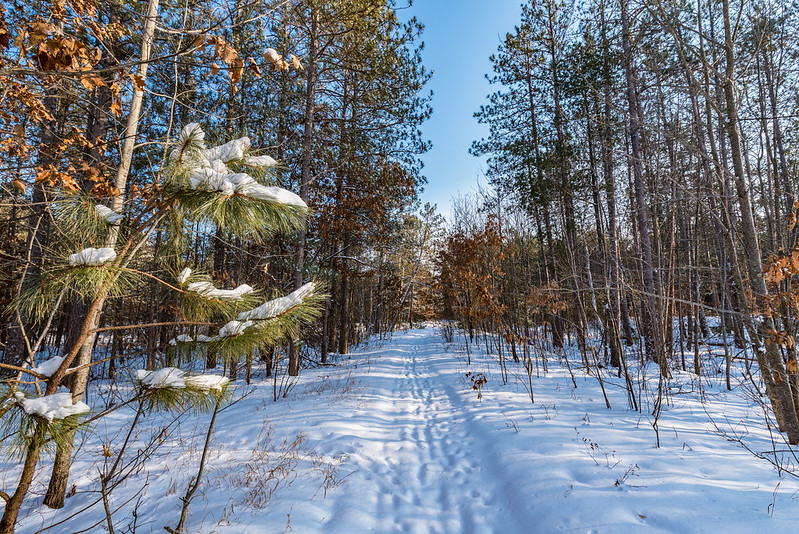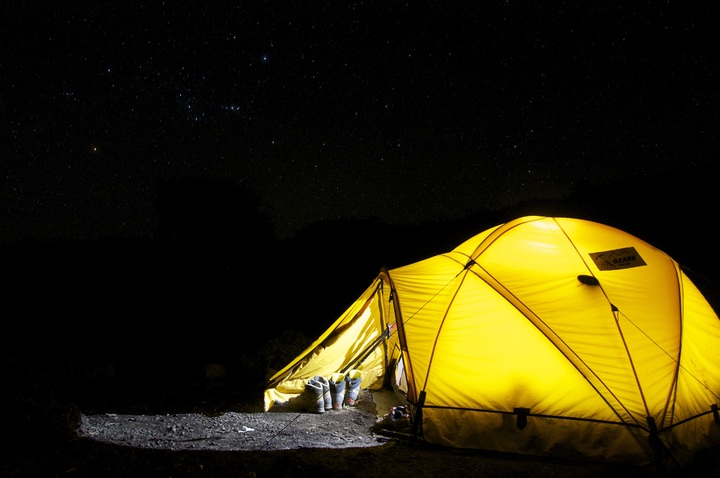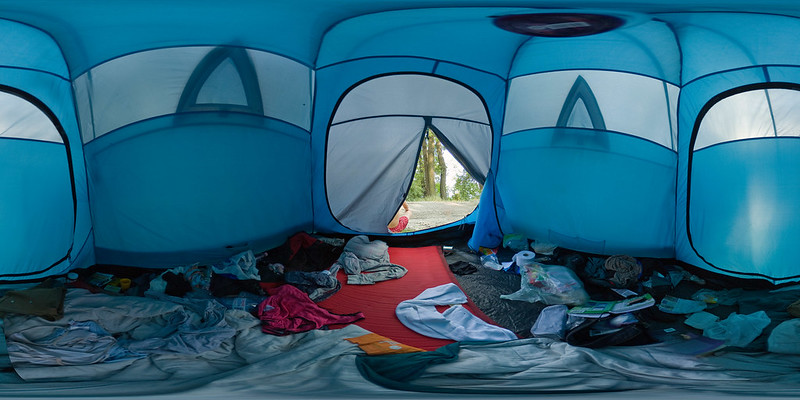When traveling abroad, the modern traveler needs a reliable and stable connection, preferably at a reasonable rate. In this article, we will weigh the different mobile network options when traveling abroad, the best SIM card for Europe, and what an esim+mobile data travel can offer for users.
The best SIM Card for Europe: Roaming, travel eSIM, or local operator card?
The best mobile connection option when traveling abroad is the one that meets your needs. In order to find the right option for you, it is worth considering your usage scenarios. For this, you should ask yourself a couple of questions.
How long will the trip be?
If you are planning a return trip somewhere and you still have a local SIM card from your last visit, you may still be able to use it. Be sure to check its expiration date, because usually operators cancel cards that are inactive for more than six months. If the card works, there is a great chance of finding a tariff more profitable than roaming, especially for long-term trips.
But if you are going to a new country for a short time, a local SIM card is hardly your option: it can be pricey, and not everywhere offers weekly rates.
In this case, an eSIM for your Europe trip is more economical.
How many countries do you plan to visit?
If your Europe trip covers several countries, it is advantageous to use a universal eSIM.
Which is more important to you: Calls or using the Internet?
If you need a phone just to call your mom, there is no need to overpay for a data plan. In this case you can simply use a package for calls. If you need a little data, you can pay for it by usage via a local operator, without splurging on a daily subscription fee. If you need constant and reliable connection to the internet, you should immediately choose eSIM for your Europe trip.
Often travelers overpay simply because they did not check the settings on the eve of the trip. Many operators have unprofitable tariffs by default: if you do not configure roaming for the destination country, then you can lose all the money at the first connection to the network abroad.
To avoid senseless expenses, it is worth preparing for your trip in advance and choosing an eSIM.
What is an eSIM?
An eSIM card is a virtual SIM card distributed in the form of a QR code. It is registered in the settings of mobile devices, without requiring a physical SIM slot.
This technology is still in the early stages, but it is already supported in 88 countries. In the near future, it should be available worldwide. As the technology spreads, new devices with its support will appear on the market.
The eSIM card is a new technological development in the telecommunications market, which is a digital SIM card for working with modern phone models. The main advantage of this technology is the ability to link several virtual numbers and tariff plans at once. This can be convenient for situations such as simultaneous use of personal and work numbers on the same smartphone, or trips abroad which require connection with multiple mobile operators.
In addition, one of the key differences between eSIM and traditional physical SIM cards is the ability to purchase a digital SIM card online, without visiting the operator’s office. This may be especially important if you need to purchase a SIM card for cheap Internet while abroad.
What solutions does an eSIM provide when traveling Europe?
A SIM card for Europe travel can solve several problems at once. For example, the problem of the high cost of roaming tariffs abroad. Or the fact that Wi-Fi is not stable and available everywhere.
Additionally, it is inconvenient to purchase a SIM card in a new country for several reasons. Firstly, it is not always easy and quick to find a local SIM card. Secondly, even on short trips, you typically have to buy a data plan for a month. Thirdly, you are leaving your personal data exposed in a foreign country. The fourth inconvenience concerns owners of smartphones with just one SIM card slot: once you change the SIM card, you will not be able to receive calls to your permanent number.
The main advantages of eSIM
- There is no need to remove and rearrange the physical SIM card, which provides better moisture protection for the phone, and also eliminates mechanical failure or loss of the SIM card.
- The ability to link several virtual SIM cards to one device at the same time.
- The use of this type of SIM card is possible not only in phones and tablets but also in smartwatches, trackers, and other devices.
- The new technology is more environmentally friendly because it helps to reduce the production of plastic, microchips, and other elements used in the production of traditional physical SIM cards.
Plastic or eSIM?
An electronic SIM card is a chip built into new models of smartphones, tablets, and watches. You do not need an additional slot for the second SIM card, you can use eSIM simultaneously with a plastic version of your local operator. If your phone supports eSIM, it’s more convenient than plastic.
Check if your phone has a built-in chip. If yes, just download the settings from the selected mobile operator. You can set up several electronic profiles from different operators. For the duration of the trip, you can disable your home SIM card and set up call forwarding to the sim. Or use one of the cards for calls and the other for the Internet.
The best SIM card for Europe Travel: Final Thoughts
In 2023, a large number of virtual SIM cards (eSIM) will be presented on the mobile communication market. They will be put forth from various manufacturers offering flexible tariff plan systems, both for calls within their country and abroad. When buying a digital SIM card, you can choose the region or country in which you plan to use communication services.
A convenient advantage of eSIM is that several SIM cards from different operators can be activated on one device at once, or with different tariff plans, with the ability to instantly switch the active SIM card.
The choice is yours, but we recommend choosing eSIM!





